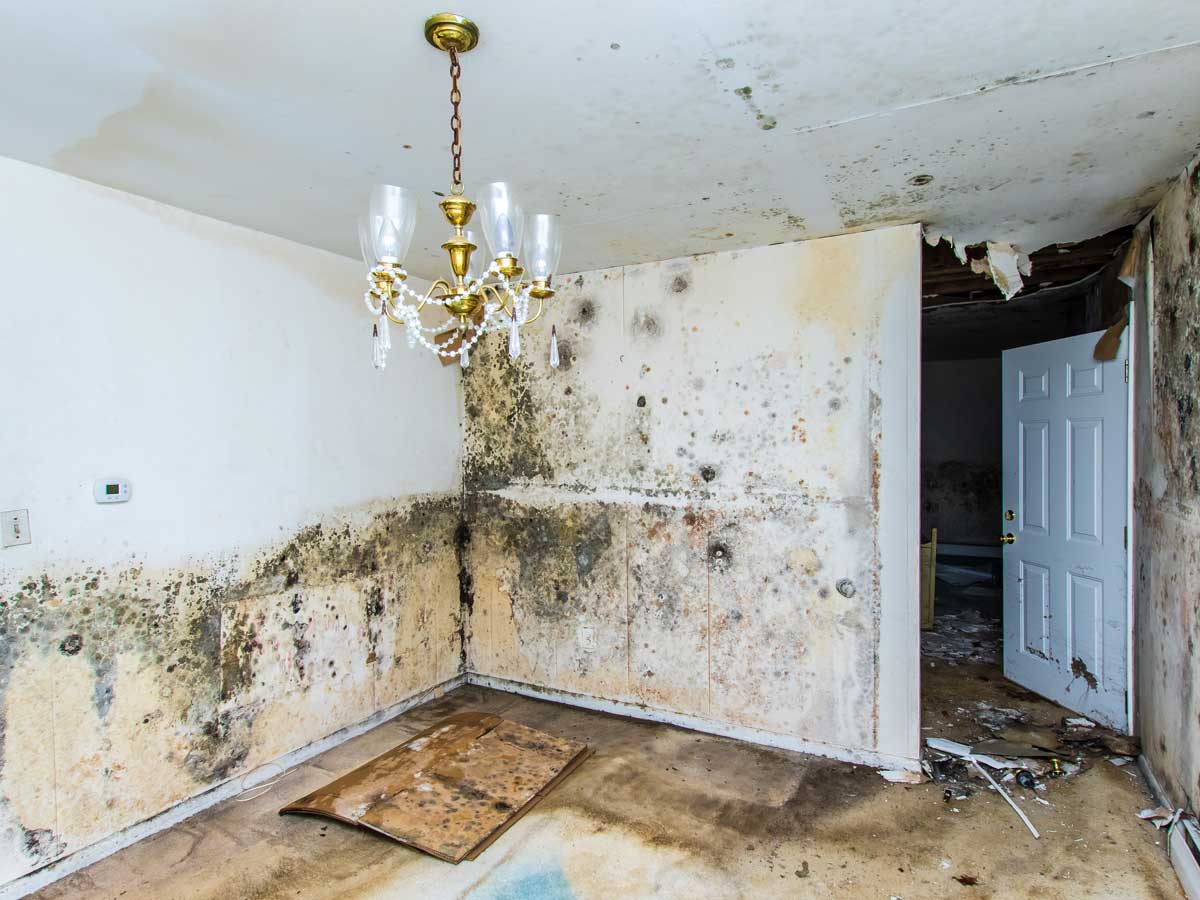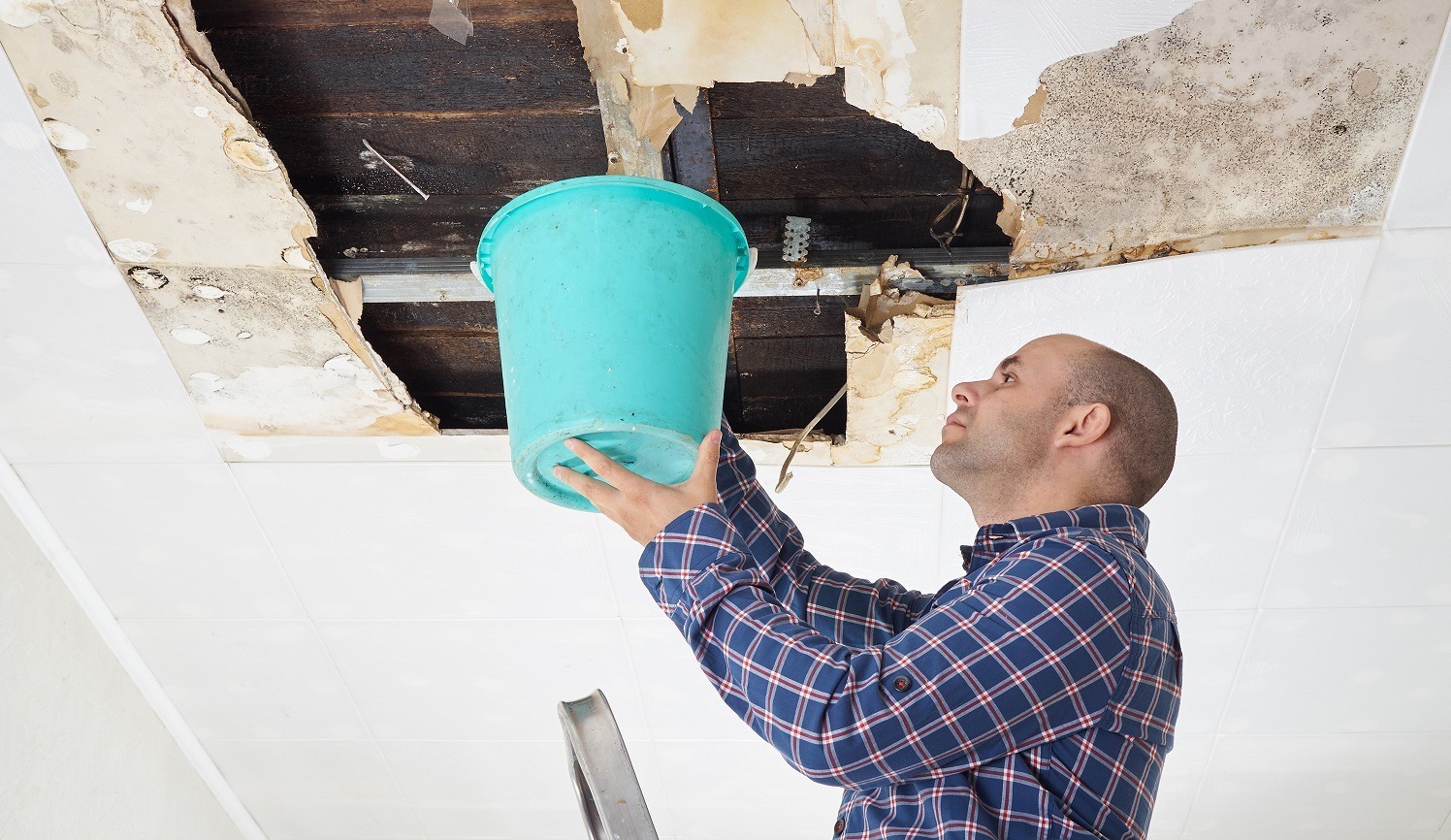6 Water Damage Reconstruction Do's and Don'ts.
6 Water Damage Reconstruction Do's and Don'ts.
Blog Article
Almost everyone may have their own unique notions with regards to Ways to Reduce The Risk Of Fire And Water Damage.

Water offers life, however water invasion on some parts where it's not meant to be can result in damage and also aggravation. In addition, homes with water damage scent old as well as musty.
Water can come from several resources like hurricanes, floodings, burst pipelines, leaks, as well as drain problems. It's better to have a working knowledge of safety precautions if you have water damages. Right here are a few guidelines on how to deal with water damages.
Do Prioritize House Insurance Coverage Protection
Seasonal water damage can originate from floodings, seasonal rainfalls, as well as wind. There is also an event of an unexpected flood, whether it originated from a malfunctioning pipe that unexpectedly bursts into your residence. To safeguard your home, obtain home insurance policy that covers both acts of God such as all-natural disasters, and also emergencies like busted plumbing.
Don't Neglect to Turn Off Energies
When calamity strikes and you remain in a flood-prone location, turn off the primary electric circuit. Shutting off the power protects against
electrical shocks when water is available in as water works as a conductor. Do not forget to turn off the main water line valve as a way to stop even more damages.
If the floodwaters are obtaining high, keep your furniture secure as they can move as well as cause additional damage.
Do Keep Proactive and also Heed Weather Signals
If you live in a location pestered by floodings, stay prepared and aggressive at all times. Listen to the news and also emptying cautions if you live near a body of water like a river, creek, or lake .
Don't Ignore the Roofing System
Prior to the weather turns frightful and for the even worse, do a roof covering inspection. A better behavior is to have a yearly roofing evaluation to alleviate intricate concerns and future troubles. A good roofing without any openings and also leaks can be a great shield versus the rainfall and also a device to stay clear of rain damages. Your roofer must care for the malfunctioning seamless gutters or any other indicators of damage or weakening. An examination will prevent water from flowing down your walls as well as saturating your ceiling.
Do Take Note Of Little Leakages
There are red flags that can attract your interest and also indicate to you some damaged pipelines in your house. Indications of red flags in your pipes include bubbling paint, peeling off wallpaper, water touches, water stains, or dripping noises behind the walls. Repair work and also examine your plumbing repaired before it results in massive damage to your house, funds, and an individual nightmare.
Don't Panic in Case of a Burst Pipeline
Timing is key when it comes to water damage. If a pipe ruptureds in your house, promptly shut off your major water shutoff to cut off the resource and stop even more damages. Call a trustworthy water damage remediation expert for aid.
Water gives life, however water intrusion on some parts where it's not supposed to be can result in damages and trouble. In enhancement, homes with water damages scent old and mildewy.
Seasonal water damage can come from floods, seasonal rainfalls, and wind. Indicators of red flags in your pipes consist of bubbling paint, peeling wallpaper, water touches, water discolorations, or leaking noises behind the walls. If a pipe ruptureds in your house, instantly shut off your primary water valve to reduce off the resource and also protect against even more damages.
Water Damage Do and Don'ts
Water damage at your home or commercial property is a serious problem. You will need assistance from a professional plumber and a water damage restoration agency to get things back in order. While you are waiting for help to arrive, however, there are some things you should do to make the situation better. Likewise, there are things you absolutely shoud not do because they will only make things worse.
DO these things to improve your situation
Get some ventilation going. Open up your doors, your windows, your cabinets – everything. Don’t let anything remain closed. Your aim here is to expose as much surface area to air as possible in order to quicken the drying out process. Use fans if you have them, but only if they’re plugged into a part of the house that’s not currently underwater.
Remove as much standing water as you can. Do this by using mops, sponges and clean white towels. However, it’s important that you don’t push or wipe the water. Simply use blotting motions to soak it up. Wiping or pushing could result in the water getting pushed deeper into your home or carpeting and increasing your problem.
Turn off the power to the soaked areas. You will want to remove the danger of electrocution from the water-logged area to do some cleaning and to help the plumber and the restoration agents do their work.
Move any furniture and belongings from the affected room to a safe and dry area. Taking your possessions to a dry place will make it easier to decide which need restoring and repair. It will also prevent your belongings from being exposed to further moisture.
DON’T do any of these things for any reason
Don’t use your vacuum cleaner to suck up the water. This will not only get you electrocuted, but will also severely damage your vacuum cleaner. Use manual means of water removal, like with mops and pails.
Don’t use newspaper to soak up the water. The ink they use for newsprint runs and transfers very easily, which could then stain carpet and tile with hard-to-remove stains.
Don’t disturb mold. This is especially true if you spot a severe growth. Leave the mold remediation efforts to the professionals. Attempting to clean it yourself could mean exposing yourself to the harmful health effects of mold. Worse, you could inadvertently spread it to other areas of the house.
Don’t turn on your HVAC system until given approval from the restoration agency. Turning your HVAC system on before everything has been cleaned could spread moisture and mold all over the house.
https://www.dreyersdki.com/about-us/blog/water-damage-do-and-donts

Do you like more info about Fire And Water Damage Prevention? Make feedback below. We will be interested to know your responses about this page. Hoping that you come back again soon. If you enjoyed reading our blog entry if you please remember to pass it around. Thanks a lot for your time. Please check our website back soon.
Report this page